Novel Generalized Three-Step Phase-Shifting Interferometry with a Slight-Tilt Reference
Abstract
:Featured Application
Abstract
1. Introduction
2. Basic Principle
3. Computer Simulation and Optical Experiments
3.1. Computer Simulation
3.2. Optical Experiment
4. Conclusions
Author Contributions
Funding
Conflicts of Interest
References
- Poon, T.-C.; Liu, J.-P. Introduction to Modern Digital Holography with MATLAB; Cambridge University Press: Cambridge, UK, 2014. [Google Scholar]
- Bruning, J.H.; Herriott, D.R.; Gallagher, J.E.; Rosenfeld, D.P.; White, A.D.; Brangaccio, D.J. Digital wavefront measuring interferometer for testing optical surfaces and lenses. Appl. Opt. 1974, 13, 2693–2703. [Google Scholar] [CrossRef] [PubMed]
- Yamaguchi, I.; Zhang, T. Phase-shifting digital holography. Opt. Lett. 1997, 22, 1268–1270. [Google Scholar] [CrossRef] [PubMed]
- Xia, P.; Wang, Q.H.; Ri, S.; Tsuda, H. Calibrated phase-shifting digital holography based on a dual-camera system. Opt. Lett. 2017, 42, 4954–4957. [Google Scholar] [CrossRef] [PubMed]
- Zhang, J.Y.Z.; Ren, Y.J.; Zhu, Q.; Lin, Z.Q. Phase-shifting lensless Fourier-transform holography with a Chinese Taiji lens. Opt. Lett. 2018, 43, 4085–4087. [Google Scholar] [CrossRef] [PubMed]
- Wizinowich, P.L. Phase shifting interferometry in the presence of vibration: A new algorithm and system. Appl. Opt. 1990, 29, 3271–3279. [Google Scholar] [CrossRef] [PubMed]
- Xu, X.F.; Cai, L.Z.; Wang, Y.R.; Meng, X.F.; Zhang, H.; Dong, G.Y.; Shen, X.X. Blind phase shift extraction and wavefront retrieval by two-frame phase-shifting interferometry with an unknown phase shift. Opt. Commun. 2007, 273, 54–59. [Google Scholar] [CrossRef]
- Xu, J.C.; Xu, Q.; Chai, L.Q. Iterative algorithm for phase extraction from interferograms with random and spatially nonuniform phase shifts. Appl. Opt. 2008, 47, 480–485. [Google Scholar] [CrossRef] [PubMed]
- Guo, C.S.; Zhang, L.; Wang, H.T.; Liao, J.; Zhu, Y.Y. Phase-shifting error and its elimination in phase-shifting digital holography. Opt. Lett. 2002, 27, 1687–1689. [Google Scholar] [CrossRef] [PubMed]
- Cai, L.Z.; Liu, Q.; Yang, X.L. Generalized phase-shifting interferometry with arbitrary unknown phase steps for diffraction objects. Opt. Lett. 2004, 29, 183–185. [Google Scholar] [CrossRef] [PubMed]
- Xu, X.F.; Cai, L.Z.; Wang, Y.R.; Meng, X.F.; Sun, W.J.; Zhang, H.; Cheng, X.C.; Dong, G.Y.; Shen, X.X. Simple direct extraction of unknown phase shift and wavefront reconstruction in generalized phase-shifting interferometry: Algorithm and experiments. Opt. Lett. 2008, 33, 776–778. [Google Scholar] [CrossRef] [PubMed]
- Yoshikawa, N. Phase determination method in statistical generalized phase-shifting digital holography. Appl. Opt. 2013, 52, 1947–1953. [Google Scholar] [CrossRef] [PubMed]
- Yoshikawa, N.; Kajihara, K. Statistical generalized phase-shifting digital holography with a continuous fringe-scanning scheme. Opt. Lett. 2015, 40, 3149–3152. [Google Scholar] [CrossRef] [PubMed]
- Yoshikawa, N.; Namiki, S.; Uoya, A. Object wave retrieval using normalized holograms in three-step generalized phase-shifting digital holography. Appl. Opt. 2019, 58, A161–A168. [Google Scholar] [CrossRef] [PubMed]
- Zhang, S. A non-iterative method for phase-shift estimation and wave-front reconstruction in phase-shifting digital holography. Opt. Commun. 2006, 268, 231–234. [Google Scholar] [CrossRef]
- Xu, J.C.; Xu, Q.; Chai, L.Q.; Li, Y.; Wang, H. Direct phase extraction from interferograms with random phase shifts. Opt. Express 2010, 18, 20620–20627. [Google Scholar] [CrossRef] [PubMed]
- Guo, C.S.; Sha, B.; Xie, Y.Y.; Zhang, X.J. Zero difference algorithm for phase shift extraction in blind phase-shifting holography. Opt. Lett. 2014, 39, 813–816. [Google Scholar] [CrossRef] [PubMed]
- Xu, X.F.; Zhang, Z.W.; Wang, Z.C.; Wang, J.; Zhan, K.Y.; Jia, Y.L.; Jiao, Z.Y. Robust digital holography design with monitoring setup and reference tilt error elimination. Appl. Opt. 2018, 57, B205–B211. [Google Scholar] [CrossRef] [PubMed]
- Zeng, F.; Tan, Q.F.; Gu, H.R.; Jin, G.F. Phase extraction from interferograms with unknown tilt phase shifts based on a regularized optical flow method. Opt. Express 2013, 21, 17234–17248. [Google Scholar] [CrossRef] [PubMed]
- Cai, L.Z.; Liu, Q.; Yang, X.L. Phase-shift extraction and wave-front reconstruction in phase-shifting interferometry with arbitrary phase steps. Opt. Lett. 2003, 28, 1808–1810. [Google Scholar] [CrossRef] [PubMed]
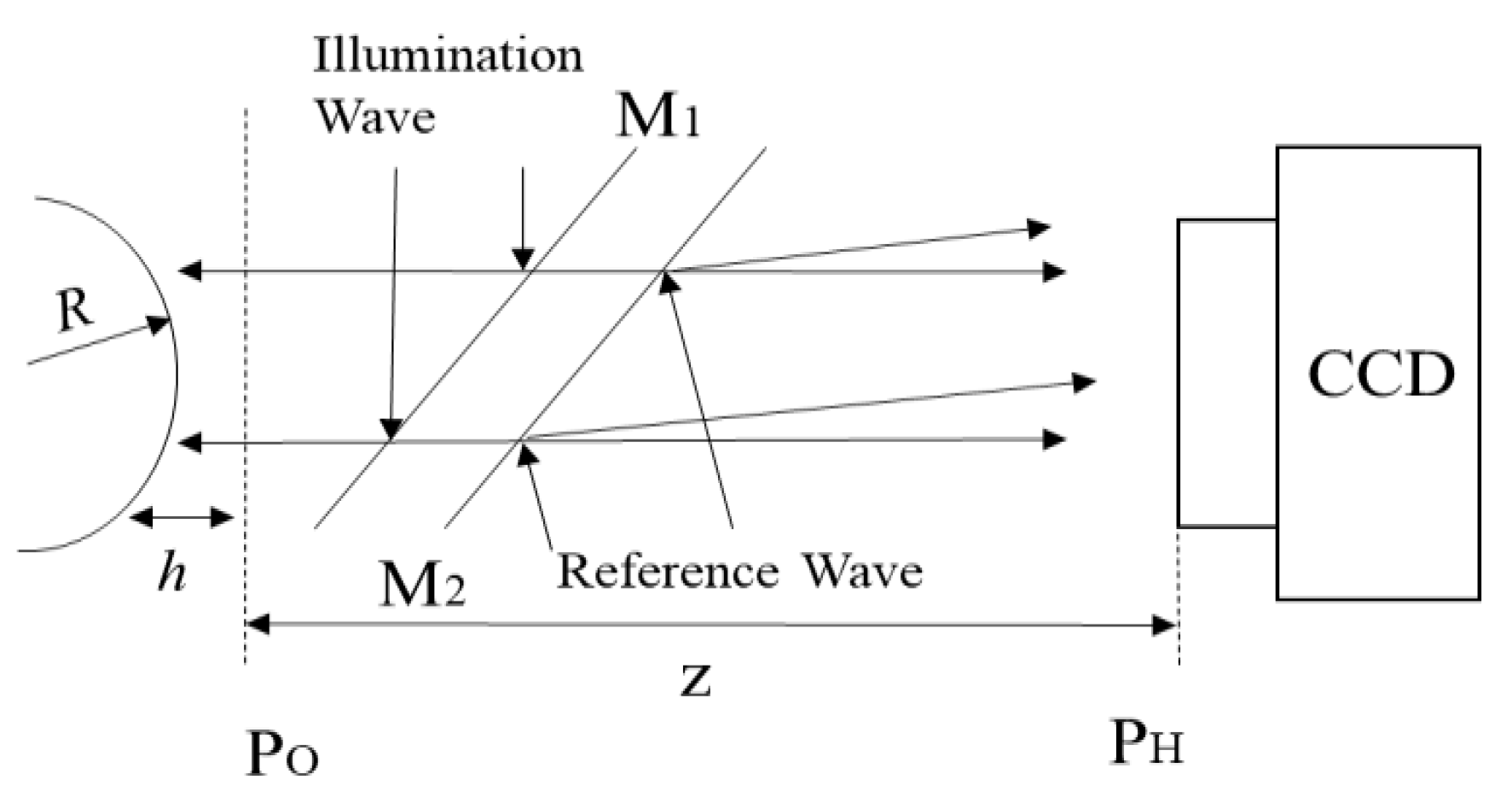

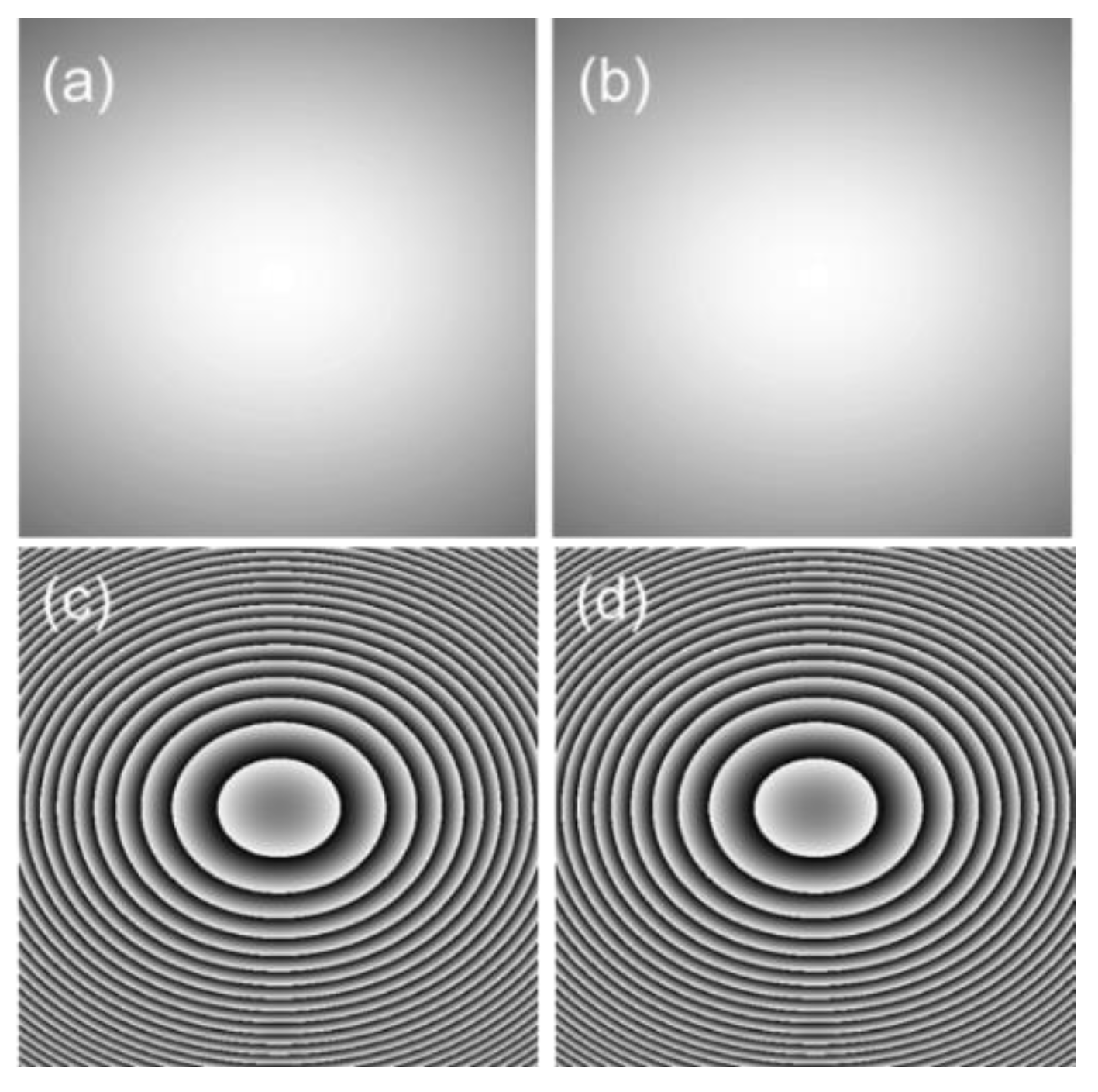
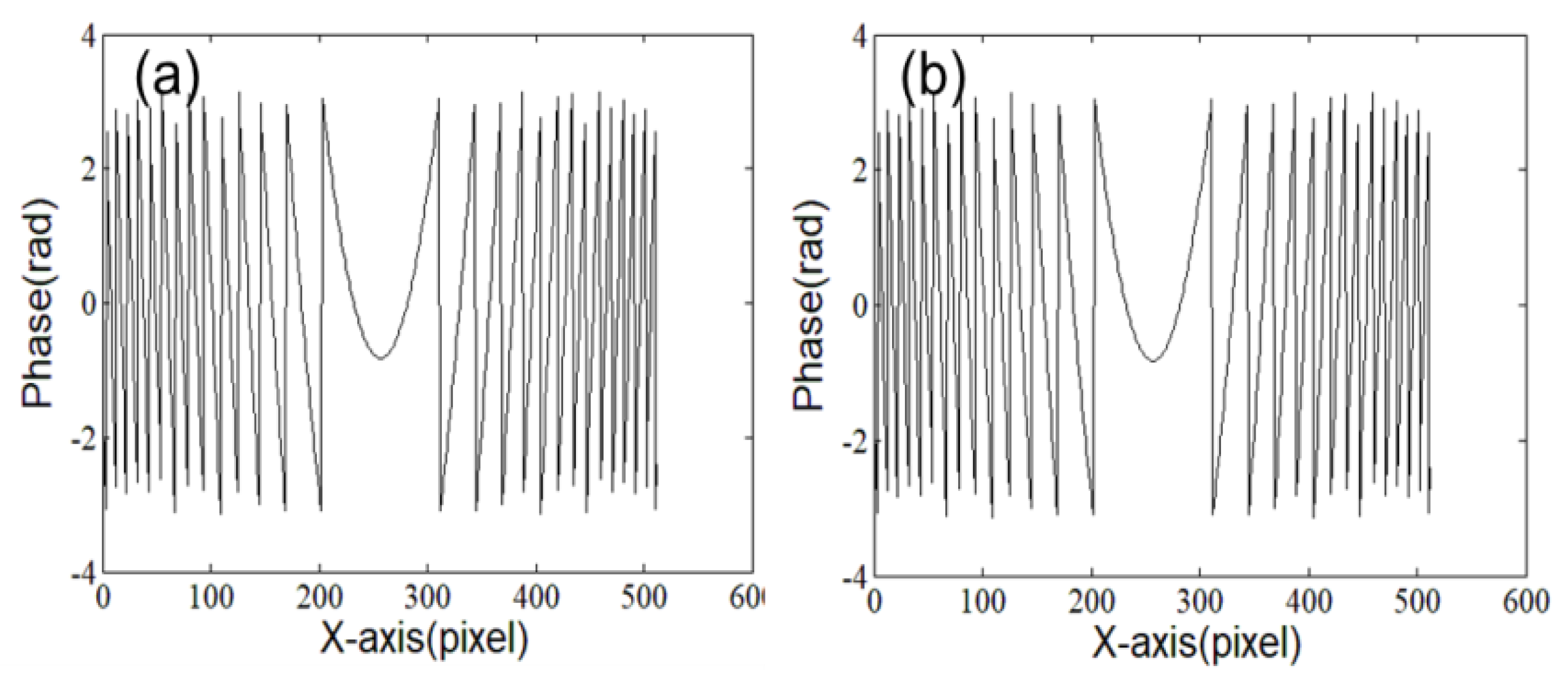
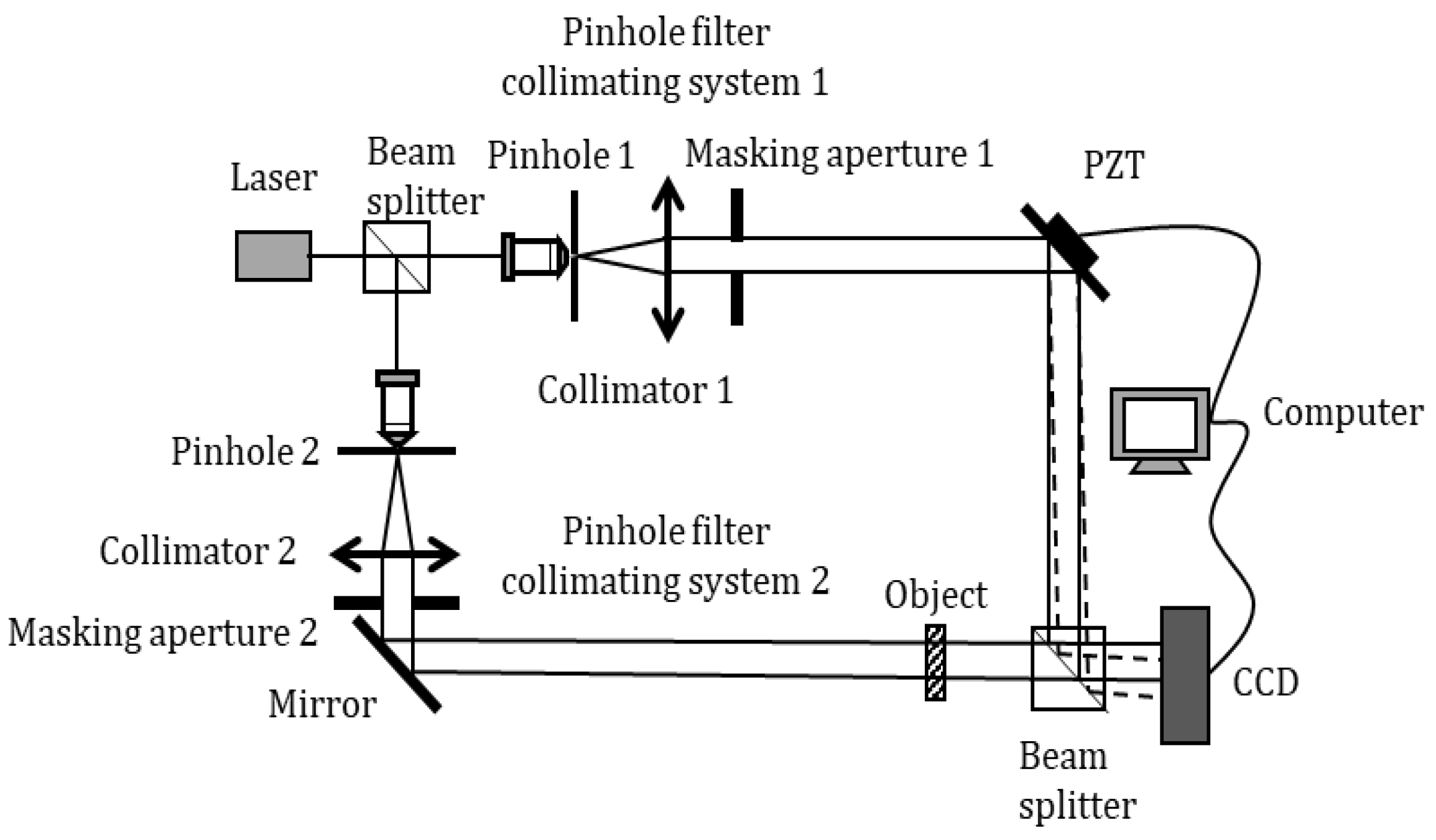
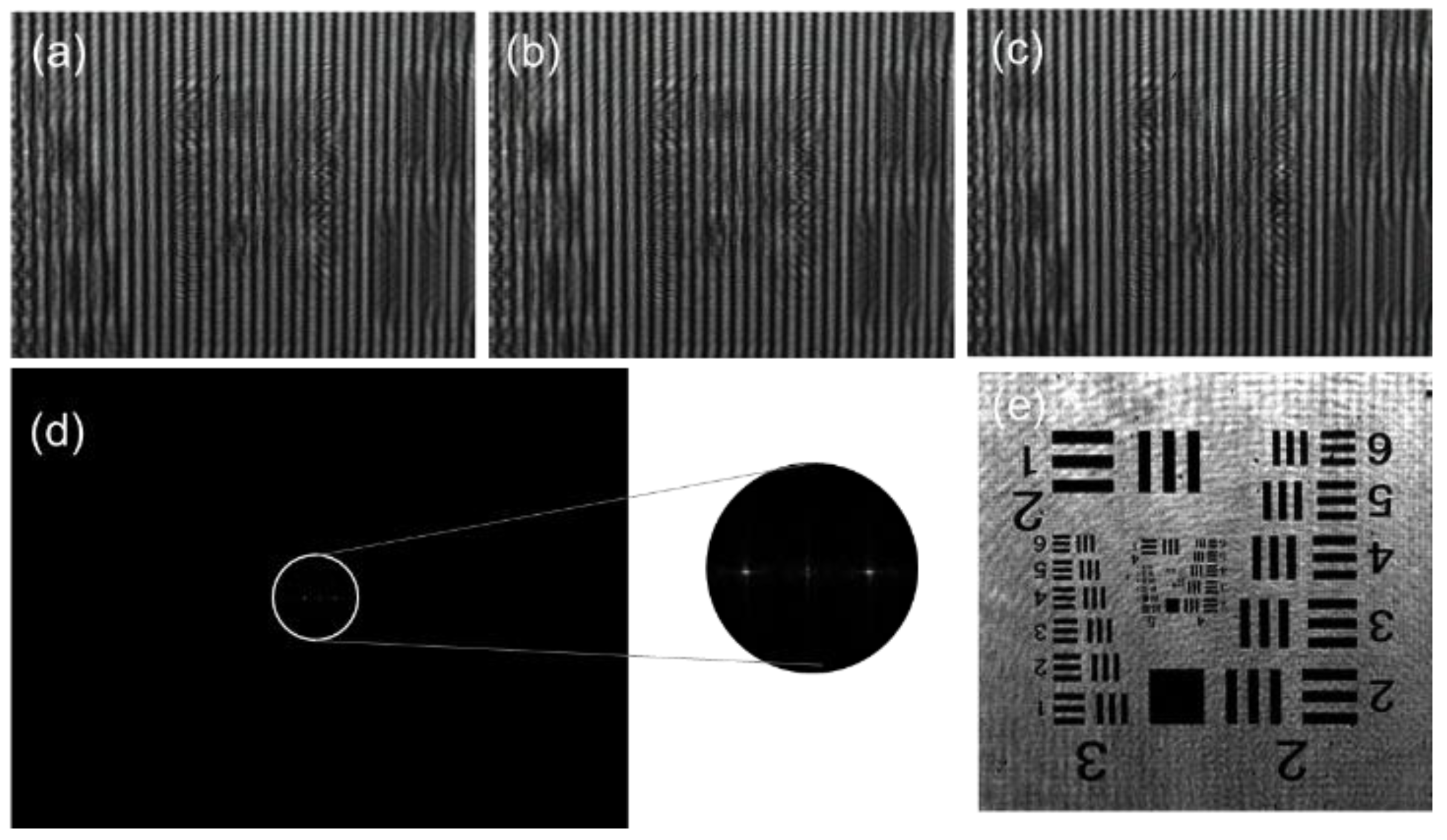
© 2019 by the authors. Licensee MDPI, Basel, Switzerland. This article is an open access article distributed under the terms and conditions of the Creative Commons Attribution (CC BY) license (http://creativecommons.org/licenses/by/4.0/).
Share and Cite
Xu, X.; Ma, T.; Jiao, Z.; Xu, L.; Dai, D.; Qiao, F.; Poon, T.-C. Novel Generalized Three-Step Phase-Shifting Interferometry with a Slight-Tilt Reference. Appl. Sci. 2019, 9, 5015. https://doi.org/10.3390/app9235015
Xu X, Ma T, Jiao Z, Xu L, Dai D, Qiao F, Poon T-C. Novel Generalized Three-Step Phase-Shifting Interferometry with a Slight-Tilt Reference. Applied Sciences. 2019; 9(23):5015. https://doi.org/10.3390/app9235015
Chicago/Turabian StyleXu, Xianfeng, Tianyu Ma, Zhiyong Jiao, Liang Xu, Dejun Dai, Fangli Qiao, and Ting-Chung Poon. 2019. "Novel Generalized Three-Step Phase-Shifting Interferometry with a Slight-Tilt Reference" Applied Sciences 9, no. 23: 5015. https://doi.org/10.3390/app9235015
APA StyleXu, X., Ma, T., Jiao, Z., Xu, L., Dai, D., Qiao, F., & Poon, T.-C. (2019). Novel Generalized Three-Step Phase-Shifting Interferometry with a Slight-Tilt Reference. Applied Sciences, 9(23), 5015. https://doi.org/10.3390/app9235015





